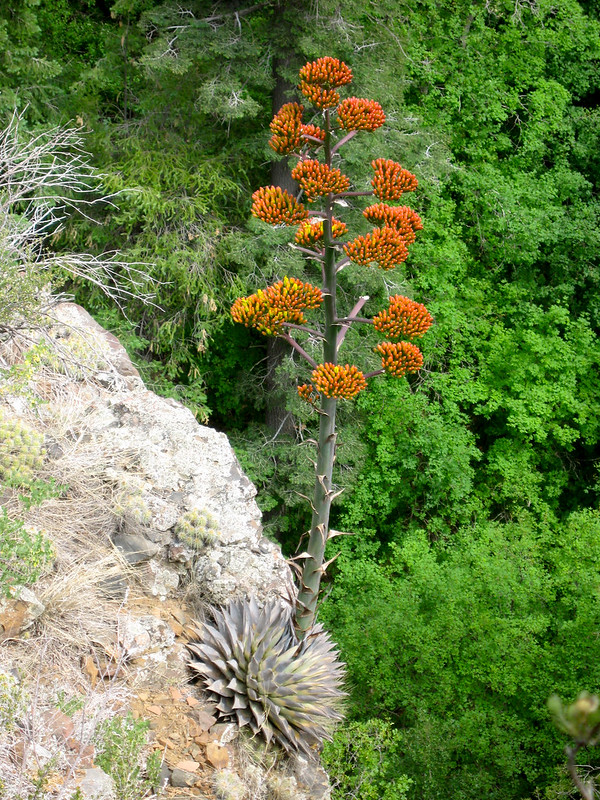About Wildlife Information in the Plant Toolbox
go.ncsu.edu/readext?979029
en Español / em Português
El inglés es el idioma de control de esta página. En la medida en que haya algún conflicto entre la traducción al inglés y la traducción, el inglés prevalece.
Al hacer clic en el enlace de traducción se activa un servicio de traducción gratuito para convertir la página al español. Al igual que con cualquier traducción por Internet, la conversión no es sensible al contexto y puede que no traduzca el texto en su significado original. NC State Extension no garantiza la exactitud del texto traducido. Por favor, tenga en cuenta que algunas aplicaciones y/o servicios pueden no funcionar como se espera cuando se traducen.
Português
Inglês é o idioma de controle desta página. Na medida que haja algum conflito entre o texto original em Inglês e a tradução, o Inglês prevalece.
Ao clicar no link de tradução, um serviço gratuito de tradução será ativado para converter a página para o Português. Como em qualquer tradução pela internet, a conversão não é sensivel ao contexto e pode não ocorrer a tradução para o significado orginal. O serviço de Extensão da Carolina do Norte (NC State Extension) não garante a exatidão do texto traduzido. Por favor, observe que algumas funções ou serviços podem não funcionar como esperado após a tradução.
English
English is the controlling language of this page. To the extent there is any conflict between the English text and the translation, English controls.
Clicking on the translation link activates a free translation service to convert the page to Spanish. As with any Internet translation, the conversion is not context-sensitive and may not translate the text to its original meaning. NC State Extension does not guarantee the accuracy of the translated text. Please note that some applications and/or services may not function as expected when translated.
Collapse ▲Many gardeners enjoy wildlife in their gardens. Birds, butterflies, bees, and other garden visitors add an interesting dimension to gardens, and many gardeners want to attract these animals to their gardens. The Extension Gardener Plant Toolbox identifies plants that are attractive to various kinds of wildlife; however, the recommendations of the Plant Toolbox are specific to wildlife in North Carolina.
For example, the bats of North Carolina feed exclusively on insects, like moths, mosquitoes, and midges. In other parts of the US and the world, some bats feed on nectar (and are important pollinators) and others feed on fruits (and are important seed dispersers). Growing bat-pollinated plants in North Carolina will not attract pollinating bats, as those kinds of bats do not occur in North Carolina.
Gardeners using the Plant Toolbox outside of North Carolina should make planting decisions with their local fauna in mind.

Agave parryi attracts bats in Arizona, but it won’t attract bats in North Carolina. Photo by Joe Schallan CC BY-NC-ND 2.0


